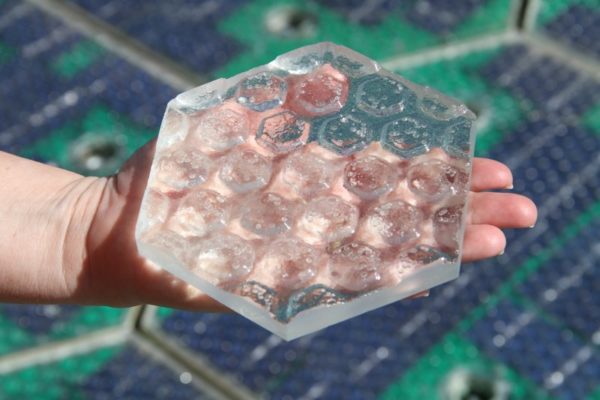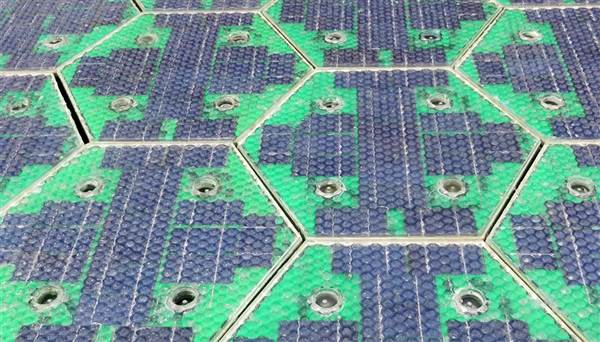
The U.S. state of Missouri is planning to build the first ever solar roadways on its famous road, Route 66, in order to generate more renewable energy for the state.
According to the Missouri Department of Transportation (MDoT), the goal is to test out a new type of pavement that would not only replace conventional concrete and asphalt, but that can generate electricity through built-in solar panels.
This new technology is said to have been developed by an Idaho-based start-up, Solar Roadways. The MDoT is very serious about the project that it is hoping to start building before the end of 2016.
In 2014, the MDoT implemented a perfect policy. It created what is known as Road to Tomorrow, a body that is tasked to find alternative ways to increase the state’s investment in its roadway infrastructure without raising taxes.
Since Road to Tomorrow came into existence in the state, it has been working hard to improve the road network in the state.
“If the solar roadway concept proves to be feasible, it creates electricity and could be the first road in history to ever pay for itself,” team leader of Road to Tomorrow, Tom Blair told reporters on the project.
The brains behind the Solar Roadways, husband-and-wife entrepreneurs Julie and Scott Brusaw, said their invention consists of a hexagonal block of about 4.4 square feet made of tempered glass strong enough to stand up to even the heaviest truck traffic. It is said the glass blocks have traction similar to that of conventional asphalt. However, the glass blocks contain solar cells capable of generating up to 44 watts of current, entirely dependent on the sunshine they receive from the sky.
The blocks also contain microprocessors that make it possible for the panels to communicate with each other and with a central control center. They can also communicate with the vehicles driving on them. This is possible because the blocks have built-in LED lights that can display lane markings bright enough to be seen in daylight. Due to the modular nature of the panels, roads could easily be repaired without major disruptions of traffic.
The electric power the blocks will generate could be diverted into the state grid or power heating elements, which during the winter, would minimize snow and ice accumulation.
Currently, engineers of the project are making preparation to start the pilot testing of the Solar Roadway at Route 66 Welcome Center. The solar blocks will replace the pavement. The cost of the pilot testing is estimated to be around $100,000. But the good news is that MDoT will not fund the project from the state budget.
Road to Tomorrow, which is managing the project, has applied for grants, and is now seeking additional funding through crowd sourcing.
In the past, it is said Julie and Scott Brusaw had used a similar approach to fund the development of solar pavement. The couple also received grants from the federal Department of Transportation, and from other crowd sourcing websites.
According to renewable energy advocates, although the construction of the solar road would cost more than conventional concrete or asphalt, the long term benefits of the project far surpasses the current cost.
The Road to Tomorrow team has said if the technology works as promised, it would not only generate money by being wired into the grid, but will also help cut down the costs of highway maintenance. This is because the road will be capable of melting ice and snow.
Statistics show that there are about 29,000 square miles of paved roads in the United States. Mr Brusaw said he believes a significant chunk of the nation’s growing energy demands could eventually be generated by switching to solar blocks.
Although this project will be the first solar road in the United States – if it is completed; in Europe, other countries are also making plans to use the technology. In the Netherlands, a 70-meter solar road tested at the section of bike path is said to have generated enough electricity in six months to power a single-family home for an entire year.
France is also planning to construct about 600 miles of solar road to boost renewable energy in the country.
You want to support Anonymous Independent & Investigative News? Please, follow us on Twitter: Follow @AnonymousNewsHQ
This article (Solar Energy Revolution: Missouri to Build First Solar Roadways with Crowd Funding) is a free and open source. You have permission to republish this article under a Creative Commons license with attribution to the author and AnonHQ.com.








It most certainly will be interesting to watch as new technologies start appearing in our lives.